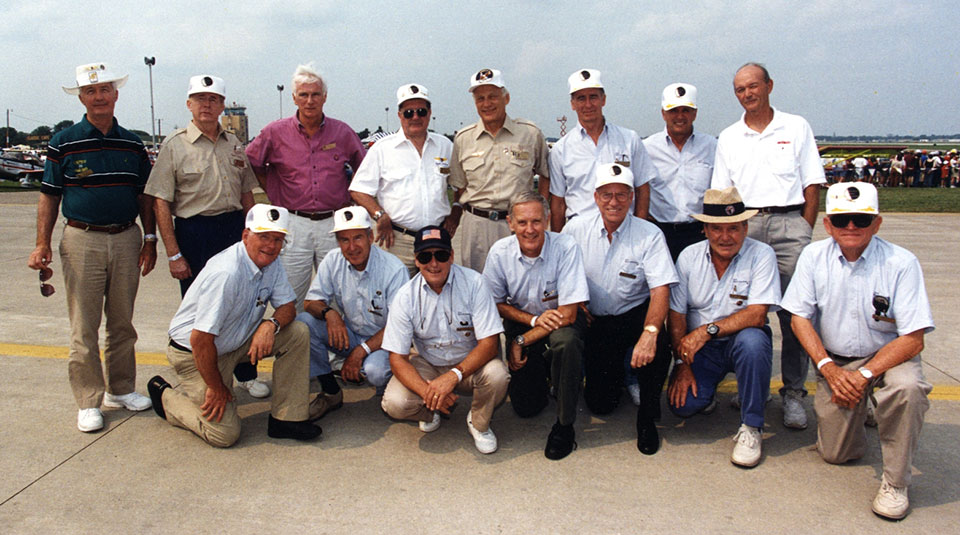Mourning Death of EAA Member, Apollo 17 Commander Gene Cernan
January 16, 2017 – EAA is mourning the passing of Gene Cernan, EAA 456102, the commander of Apollo 17 who in 1972 became the last man to walk on the moon or, as he preferred to state it, “the most recent man to walk on the moon.” Cernan died Monday at age 82 in Houston, Texas.
Cernan spent more than 73 hours on the moon’s surface over three days in December 1972 in what is still the final manned moon exploration mission, even more than 44 years later. The veteran of two Apollo flights and one Gemini mission often remarked that he remained surprised that he was still the most recent person to walk on the moon’s surface.
“Our thoughts and prayers go to Gene’s family, his many friends, and his colleagues in the space program,” said Jack Pelton, EAA CEO and Chairman. “Gene had a remarkable aviation and space career, but he was also dedicated to promoting aviation and giving young people an opportunity to discover the possibilities within the world of flight.”
Cernan first came to Oshkosh in 1994 as part of the Salute to Apollo program, which brought 15 of the then-25 surviving Apollo astronauts together at the EAA fly-in Convention to celebrate the 25th anniversary of the first manned moon landing. That gathering was the largest public assembly of Apollo astronauts anywhere during the 25th anniversary year.
Following the event that year, Cernan committed his support to EAA’s youth education programs. He returned to Oshkosh nearly every year to participate in the activities and the Gathering of Eagles fundraiser that supports EAA youth education initiatives. That included EAA’s blue ribbon panel exploring ways to get science, math, and technology studies into the nations’ classrooms. He also enjoyed speaking to groups at Oshkosh about his space flight experiences and encouraging young people to push forward to the next horizon in space exploration.
Cernan was one of 14 astronauts selected in 1963, part of the third class of astronauts selected. He brought with him an electrical engineering degree from Purdue University and experience as a naval aviator that included more than 200 jet carrier landings.
His first spaceflight was aboard Gemini 9 in 1966 with Thomas Stafford, where Cernan spent more than two hours on spacewalks. He then was lunar module pilot for the Apollo 10 mission in May 1969, which tested the lunar module’s performance by flying to within eight miles of the moon’s surface. Those successful tests paved the way for the success of the Apollo 11 moon landing just two months later.
Cernan’s final flight was as Apollo 17 commander, where he and Harrison Schmitt spent three days on the lunar surface including at the wheel of the lunar rover vehicle. The exploration of the lunar craters and the Taurus-Littrow mountains provided extraordinary material for the scientific exploration of the origins of the moon and the solar system.
"America's challenge of today has forged man's destiny of tomorrow,” Cernan said as he departed the moon’s surface. “As we leave the moon and Taurus-Littrow, we leave as we came, and, God willing, we shall return, with peace and hope for all mankind."
Cernan retired from the Navy and ended his NASA career in 1976. He went into private business, but remained a television commentator on space flights and a popular speaker throughout the country. His autobiography, The Last Man on the Moon, was published in 1999.

